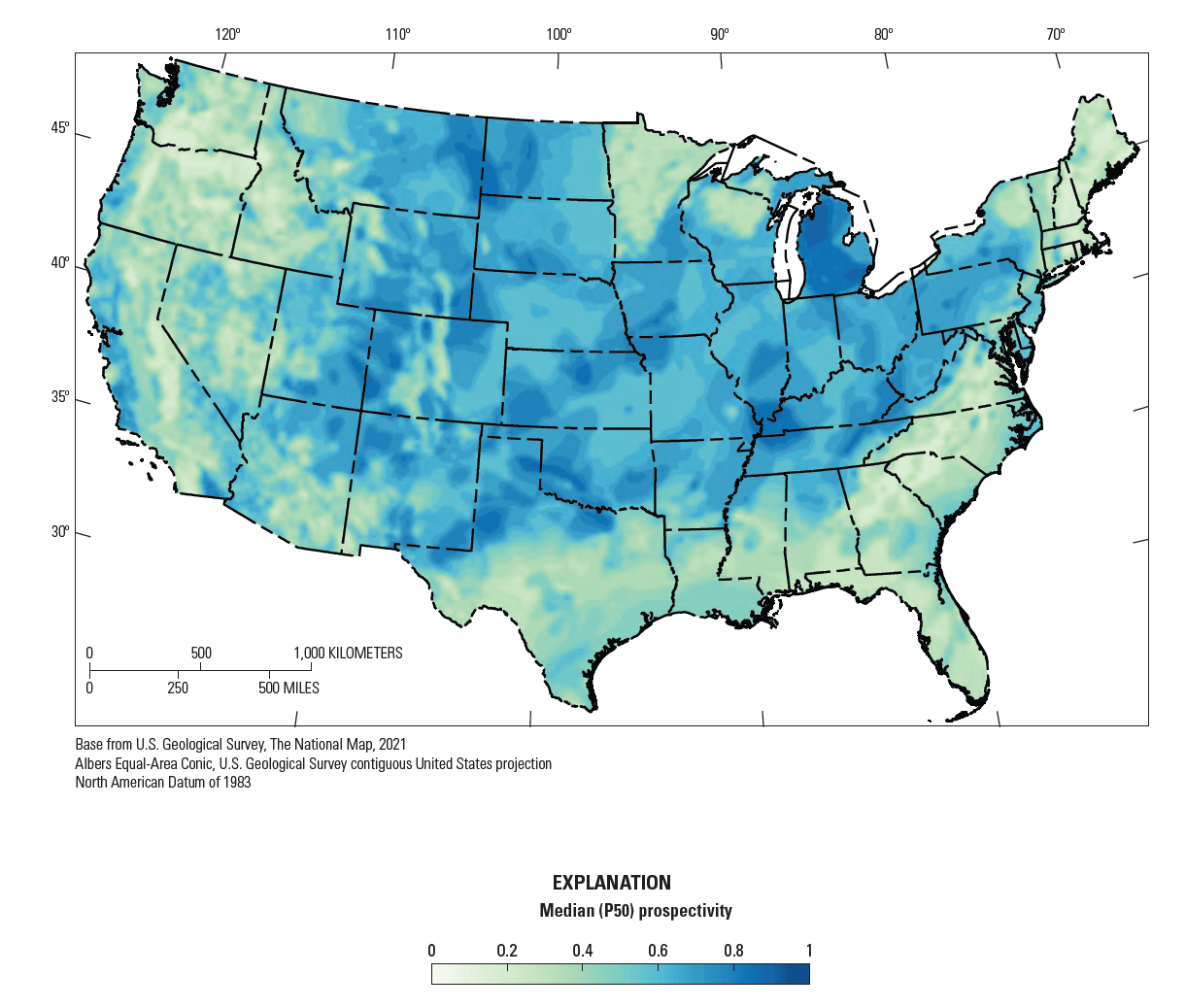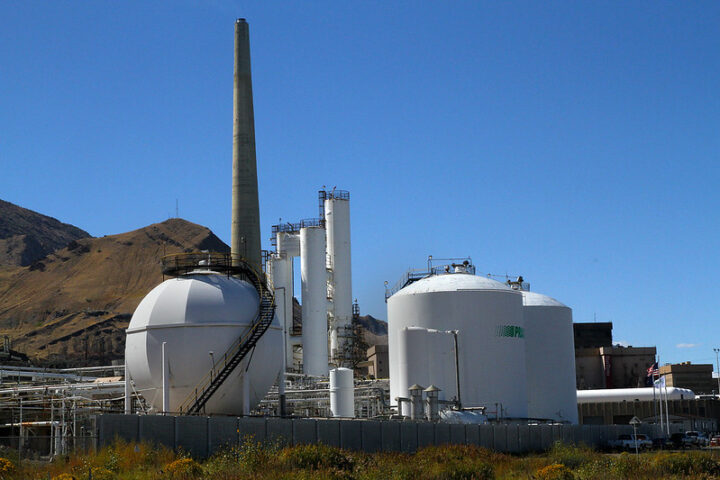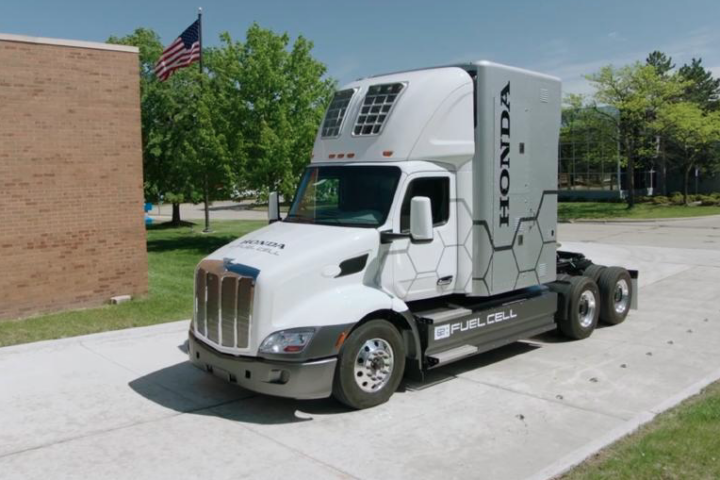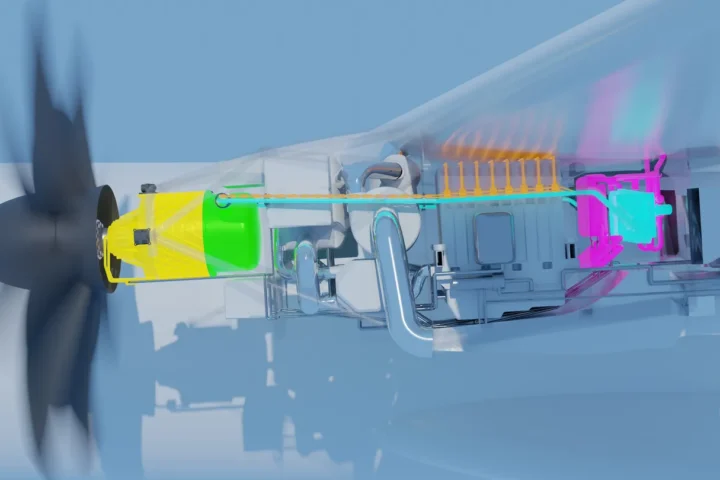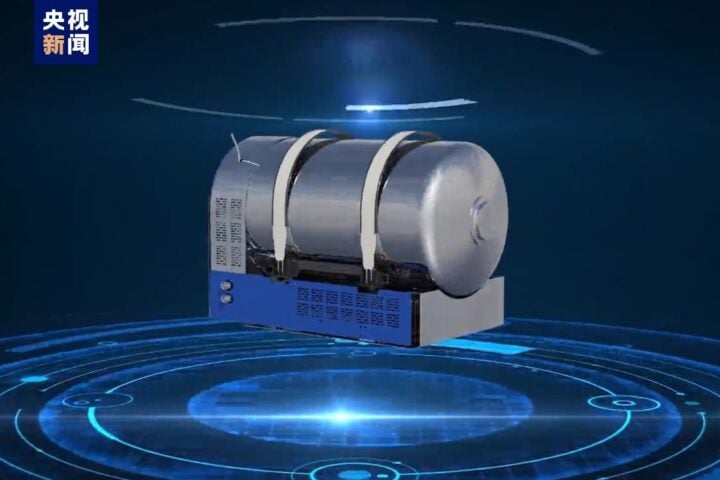Scientists have found something exciting underground: potential hydrogen reserves across America. The U.S. Geological Survey (USGS) has created a map showing promising areas, including Michigan and the Four Corners states of Arizona, Colorado, New Mexico, and Utah.
Think of this hydrogen as nature’s stored energy. It’s called “gold hydrogen” because it’s valuable and occurs naturally in the ground. When burned, it produces only water vapor – no harmful smoke or gases.
“We used to think there wasn’t enough natural hydrogen underground to be useful,” explains Sarah Ryker from USGS. “This map is tantalizing because it shows that several parts of the U.S. could have a subsurface hydrogen resource after all.”
In Michigan, researchers are particularly excited. Todd Allen, who studies hydrogen at the University of Michigan, explains it simply: “If we can pull this hydrogen straight from the ground, like we do with natural gas, we could save a lot of money and energy.” Currently, making hydrogen requires lots of electricity and expensive equipment.
There’s a catch, though. Hydrogen is tricky to capture because it’s the lightest element on Earth. It easily escapes through tiny spaces and likes to stick to other elements – think H2O (water). The challenge lies in finding efficient ways to extract it.
Similar Posts
Meanwhile, in Russia, energy company Gazprom has found similar hydrogen deposits in Siberia. At their Kovykta field, they’ve discovered hydrogen making up about 3% of the gas mixture, and the company produces 350,000 tons of hydrogen yearly.
The timing matters because the world needs cleaner energy sources. Global demand for hydrogen is projected to more than double by 2030 to help reduce pollution. However, this requires developing robust networks for storage, transport, and distribution.
The USGS keeps updating their hydrogen map as they learn more. It’s like putting together a puzzle – each new discovery helps complete the picture of America’s clean energy future.
